Ditch the tour companies and do it yourself instead
We show you how to take on famous hikes from the Camino de Santiago in Europe to the Routeburn Track in New Zealand.
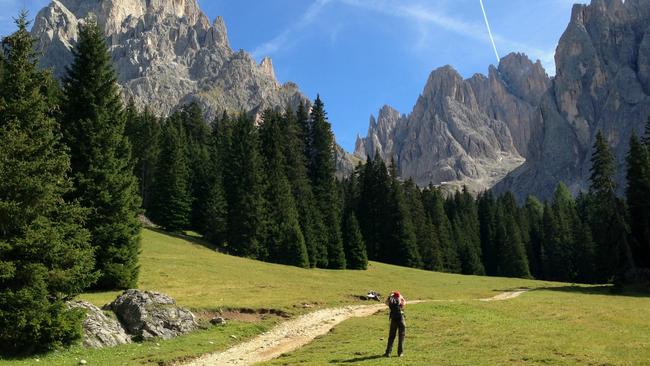
The packet waiting at our hotel in France’s Vallee de l’Arve was a grab-bag of goodies: trip notes, maps, accommodation vouchers and a couple of buffs spruiking the hiking company’s logo.
With this, and what seemed like far too much stuff brought from Australia, we would tackle one of the great walks of Europe: the Tour de Mont Blanc.
It was still a daunting prospect, because over the next 12 days we were doing it “self-guided”. Not by choice but happenstance; the travel company had informed us almost at the last minute that the tour we’d chosen, to be led by a guide versed in all things hiking, wasn’t proceeding because they didn’t have enough bookings.
Would we like to do it on our own? If not, we had a big hole in our trip to fill, so why not?
Now, we wouldn’t do it any other way.
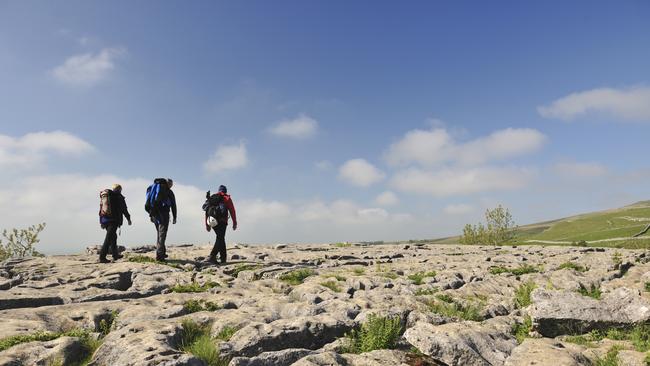
We’ve discovered that following a topographic map isn’t rocket science, and when it is, getting lost is part of the experience.
Group trips provide safety in numbers, but they tend to be hermetically sealed, with little scope to detour out of it for private discovery, personal space or just going at your own pace.
Doing it alone compels you to engage on a rewarding level not only with locals but other self-guiders who can come from all over.
During that 12 days on the Mont Blanc circuit through France, Switzerland and Italy, we engaged with Fabrice the French motor mechanic, who showed us a delightful hidden river path; a Swiss called Claude who gave us a masterclass in alpine wildflowers; Anne the schoolteacher who you’d swear had walked straight off the set of Miss Marple; and a beaming South Korean man who appeared out of the mist on a pass on the Swiss-Italian border and declared the experience to be “better than great”.

On many occasions, however, self-guided walkers find themselves totally alone in a raw and silent environment, which has to be even more better than great.
The classic self-guided trips are loops or point-to-point. They range from carrying everything you need on your back, to sublime set-ups where only a daypack is required, with luggage transported between each hotel, at which you arrive to a welcoming drink and a wonderful meal. Europe is the centre for the latter, but Japan does just as well, and the Americas are catching up.
But while self-guided is a licence to be free, it can be advisable to dip a toe in the water on a guided tour to pick up tips and hacks on trail etiquette, navigation and getting the most out of your equipment. After that, you’re on your own. Here are some possibilities.
Britain
The 300km Coast to Coast Walk is almost a rite of passage, bookended by a ritual of collecting a pebble from the Irish Sea to deposit in the North Sea 12 or so days later. (The west-east direction is more popular, because the prevailing wind is at your back.) You pass through three classic English landscapes: the Lakes District, Yorkshire Dales and the Moors.
It was devised in 1973 by British walking enthusiast Alfred Wainwright, who broke it down into a dozen day-long sections; it’s now being upgraded to an official National Trail. The accommodation level is usually mid-range, but there are higher-end itineraries in other British beauty spots, particularly the Cotswolds, Cornwall and whisky-infused Scotland.
Reputable operator Macs Adventure has a range of “in-style” (five-star) options for Britain and Europe.
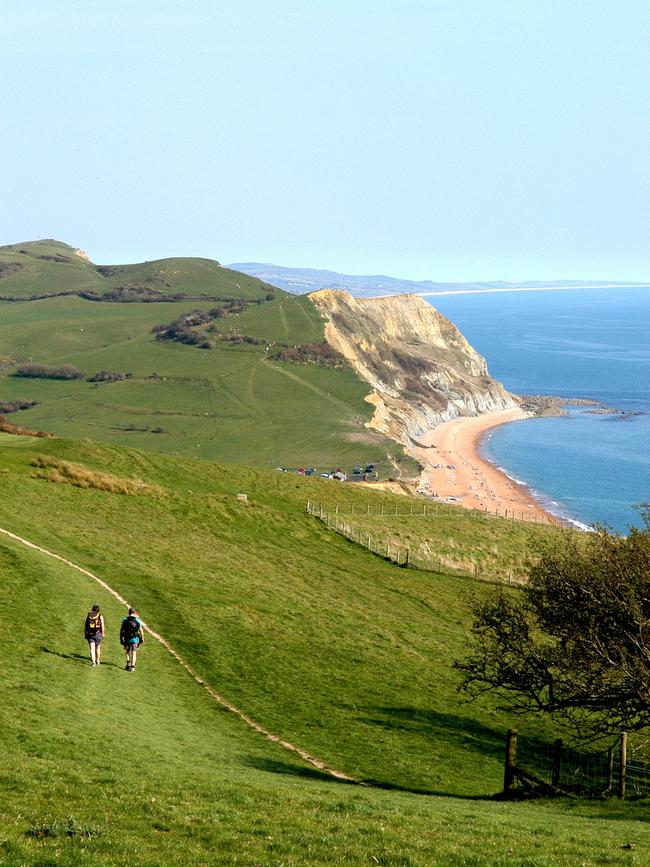
Italy
Italy is prime rambling territory, be it in the alpine areas in the north, glorious Tuscany or exquisite coastal villages. Simon Tancred, who runs Sydney-based tour specialist Hidden Italy, says his top three destinations for both wonderment and comfort are the Amalfi Coast and Capri near Naples, Lake Como and the Dolomite Mountains. An emerging alternative, Simon says, is Alba and Le Langhe, between Genoa and Turin, “a lovely area with a fabulous mix of accommodation”.
Spain
The Camino de Santiago across northern Spain trumps all walking routes for renown, length (it takes many weeks) and busyness, but not necessarily for overall charm. Victorian-based walking specialist RAW Travel founder Mel Reynoldssays you can still get into the spirit of the pilgrimage trail by choosing a short section along one of the more scenic stretches. For fine food and best beds, she recommends a section starting at St Jean Pied de Port in the French Pyrenees, plus there’s a lot of character in the Paradores area near Bilbao. “And Portugal offers some stunning accommodation, too.”
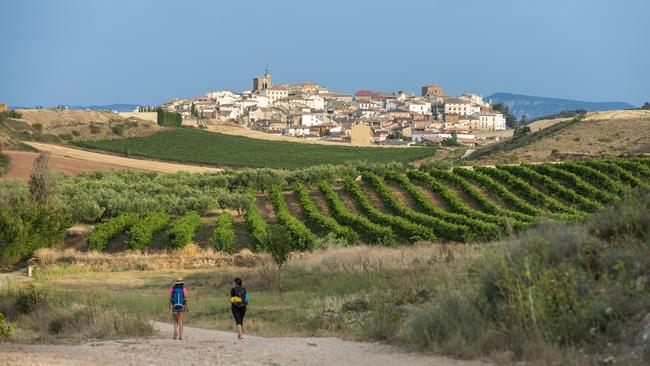
Germany
The Black Forest in southwest Germany isn’t all forest, because a lot of the time you’re walking across fields, along empty backroads past neat-as-a-pin farms and through clusters of villages with inns dispensing good beer and the eponymous cake. There are no mountain passes to overcome, and it’s all rather laid-back, with the accommodation mostly three-star pension level.
The rest of Europe
Most countries offer achievable self-guided walking itineraries, so you’ll probably find something to suit in a favourite destination, with uncrowded options away from the France/Italy/Spain epicentre. Australian operator UTracks covers most of Europe, and general manager Kate Baker suggests the Pieniny and Tatra Mountains near Krakow in Poland, the time-warp Carpathian Mountains in Romania, the non-touristy Andros island in Greece and island-hopping in the Baltic south of Stockholm.

Japan
Besides the Camino in Spain, Japan has the only other World Heritage-listed walking route, the Kumano Kodo south of Osaka. And like the Camino, it’s extremely popular, so maybe look to other beautiful trails. Walk Japan specialises in going “off the beaten track”, and its Wayfarer self-guided series covers most of the main islands. The Nakasendo Way is a historic road in central Honshu, while the Tokaido Trail takes a southerly route from near Mt Fuji west along the coast. The Basho Wayfarer follows the path of this acclaimed haiku poet in northern Honshu. Accommodation is usually in ancient inns and onsen.
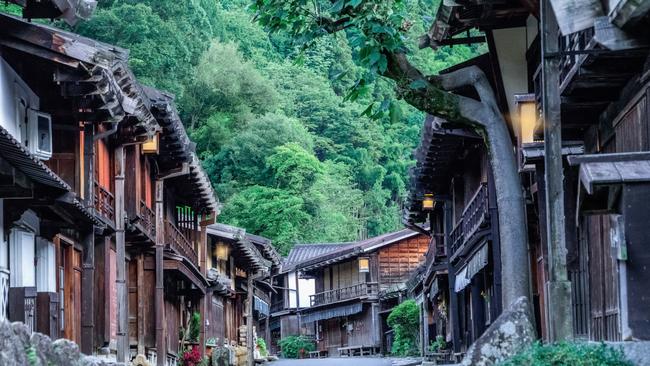
… and the rest
Outside of Europe and Japan, the general walking experience is in less densely populated areas, so the model of easy day walks from hotel to hotel with luggage transfer can’t easily be applied. But don’t ignore these options in further-flung fields, starting in our own backyard.
Australia
A nice introduction to self-guided is the week-long Great Ocean Walk southwest of Melbourne, where, when not shadowing the Great Ocean Road along some of its wilder beaches, you’re deep in the forest of the Otway Ranges. Also look at the 130km Cape to Cape track in Western Australia’s southwest corner, or Tasmania’s spectacular Three Capes Track. The latter’s provided accommodation comprises well-appointed modern lodges, but otherwise you need to carry your own food and everything else needed for the four-day walk. Established Australian company Auswalk has self-guided itineraries in all states.
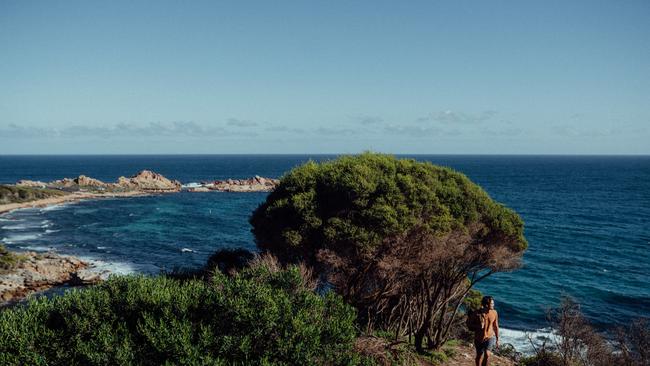
New Zealand
Leaving aside the whopper of a trail down the length of both main islands, NZ’s best walking is on spectacular short trips, especially around Queenstown, such as the Routeburn and Kepler tracks. But an overlooked destination is Queen Charlotte Sound at the top of the South Island, with many fine lodgings. Wilderness Guides NZ has luxury options in Queen Charlotte and you can choose how many days you wish to walk.
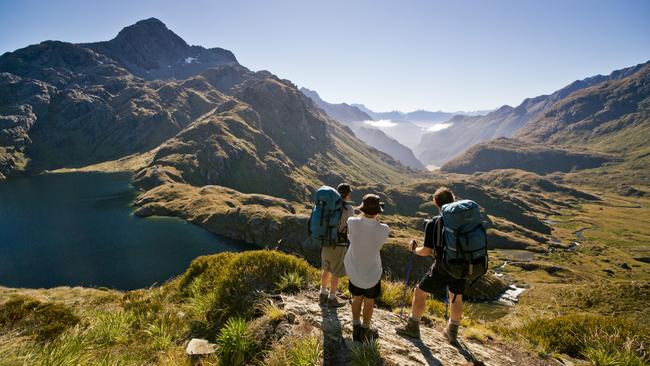
Canada
Western Canada easily marries luxury with wilderness, where you base yourself in dreamy digs and head out on various day walks. Skoki Lodge in Banff National Park in southern Alberta, which has hosted Wills and Kate, requires an 11km hike to reach, but from then on it’s a cosseting experience all the way.
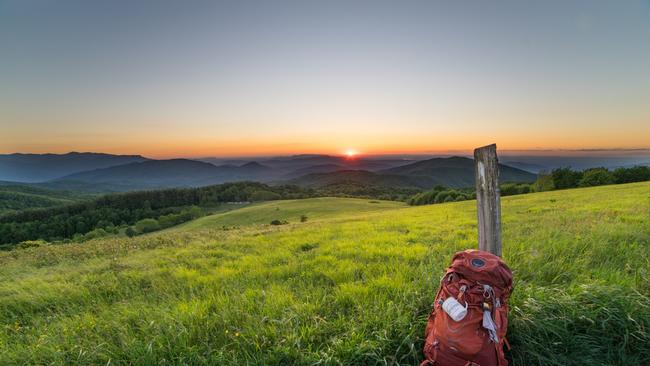
United States
If you’ve read Bill Bryson’s A Walk in the Woods, you’ll know the Appalachian Trail from Georgia to Maine is no picnic, but that’s no reason not to try some of the more scenic sections for a few days. The Appalachian Trail Conservancy lists various self-guided options in the inn-to-inn mode. On the other side of the country, you can luxuriate in
either California’s famous Napa wine country or along the spectactular Monterey Coast, on Mac’s Slower Adventures itineraries.





To join the conversation, please log in. Don't have an account? Register
Join the conversation, you are commenting as Logout